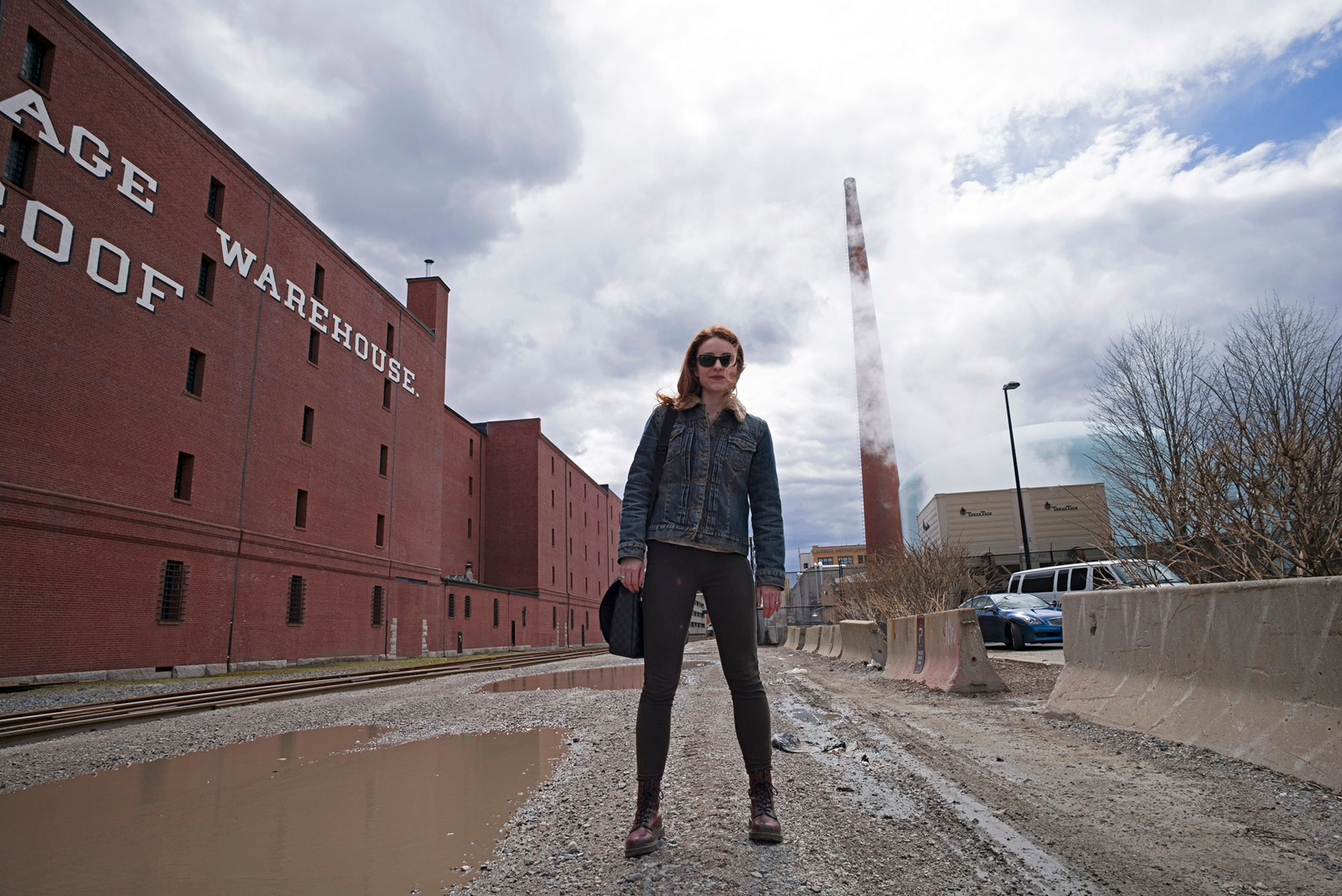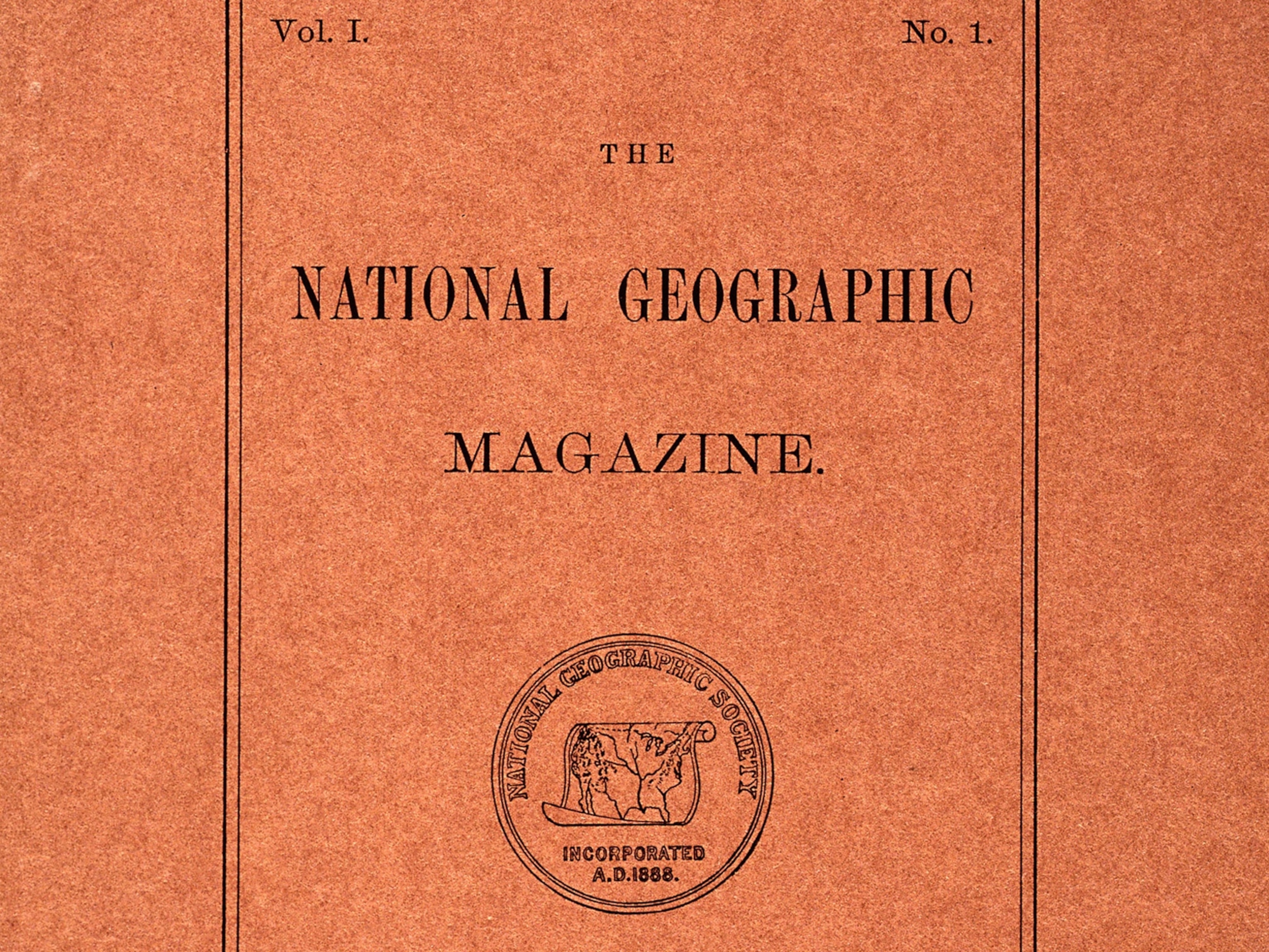Can Reusing Spent Nuclear Fuel Solve Our Energy Problems?
Leslie Dewan's Transatomic Power Co. is developing a new type of nuclear power plant.
Nuclear power, always controversial, has been under an especially dark cloud since Japan’s Fukushima disaster five years ago.
And in the United States, few new nuclear plants have been ordered since the 1979 partial meltdown at Three Mile Island in Pennsylvania, thanks to ongoing safety concerns, high capital costs, and the availability of lower-cost energy sources. But nuclear engineer Leslie Dewan believes that a safe, environmentally friendly, next-generation nuclear reactor isn’t just feasible—it's commercially viable.
As cofounder and CEO of Boston-based startup Transatomic Power, Dewan and fellow Massachusetts Institute of Technology grad Mark Massie are working on commercial-scale development of a molten salt reactor first prototyped in the 1960s at the Oak Ridge National Laboratory.
“We’ve changed the design to make it more compact, power dense, and able to run on spent nuclear fuel,’’ says the 31-year-old Dewan, a National Geographic Emerging Explorer whose energy and hip style belies the public image of a nuclear scientist as a lab-coated, pocket protector–wearing middle-aged man.


Dewan and Massie have been proponents of molten salt reactors since their 20s. Unlike most traditional nuclear reactors that use water as a coolant and are fueld by solid uranium pellets, molten salt reactors use fueled by uranium dissolved in liquid salt, consuming fuel more slowly and efficiently.
Transatomic's reactor is also designed to automatically shut down during a power outage, with fuel draining into an escape tank and freezing solid, avoiding the kind of meltdown that has made more traditional nuclear power plant development abhorrent to power companies, alternative-energy proponets, environmentalists, and policymakers, many of whom remain alarmed by the prospect of more nuclear power.
But Transatomic also offers a solution to the problem of where to store spent nuclear fuel, which has long vexed scientists. Typical nuclear reactors consume only a fraction of the energy in their uranium fuel, which has lead to vast amounts of spent radioactive fuel rods. Transatomic's molten salt reactors would use that spent waste.
“The world’s stockpile of nuclear waste is about 300,000 metric tons, about a football field’s worth that’s two meters deep,’’ Dewan says. “There’s a tremendous amount of energy that’s left. With that waste, a waste-consuming molten salt reactor could produce enough electrical energy to power the world for decades.”
She calls herself an environmentalist at heart: “I think I can save the world with nuclear power."
Transatomic has filed patents on its design and has raised millions in venture capital money. Last summer, it won a Department of Energy grant to perform modeling of its reactor design. Dewan hopes a 20-megawatt prototype can be built by the 2020s and a commercial reactor by the 2030s.





